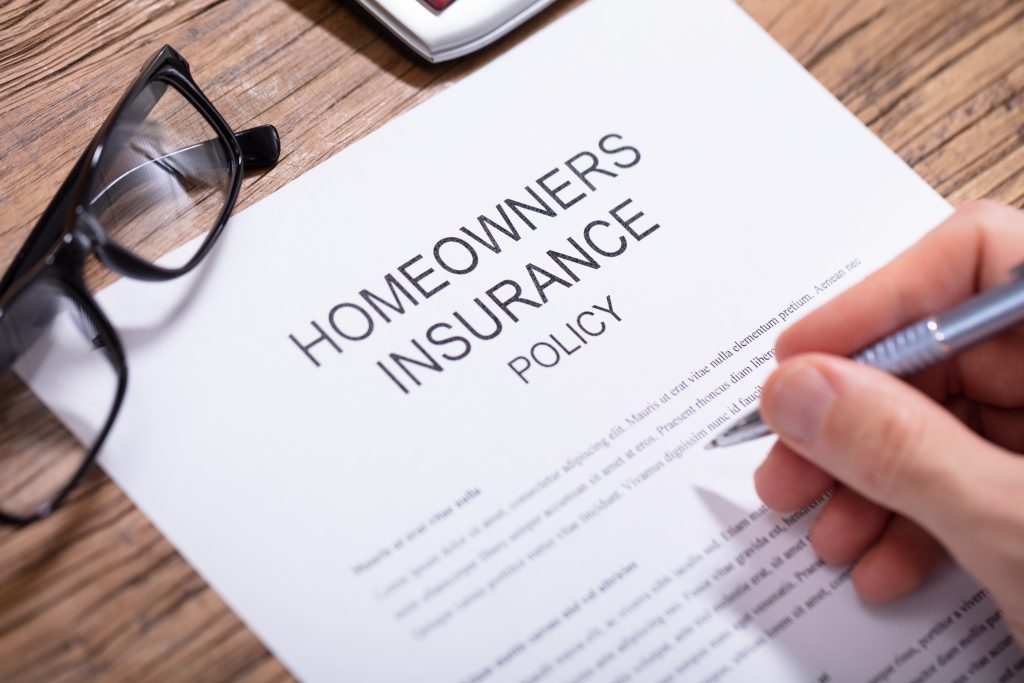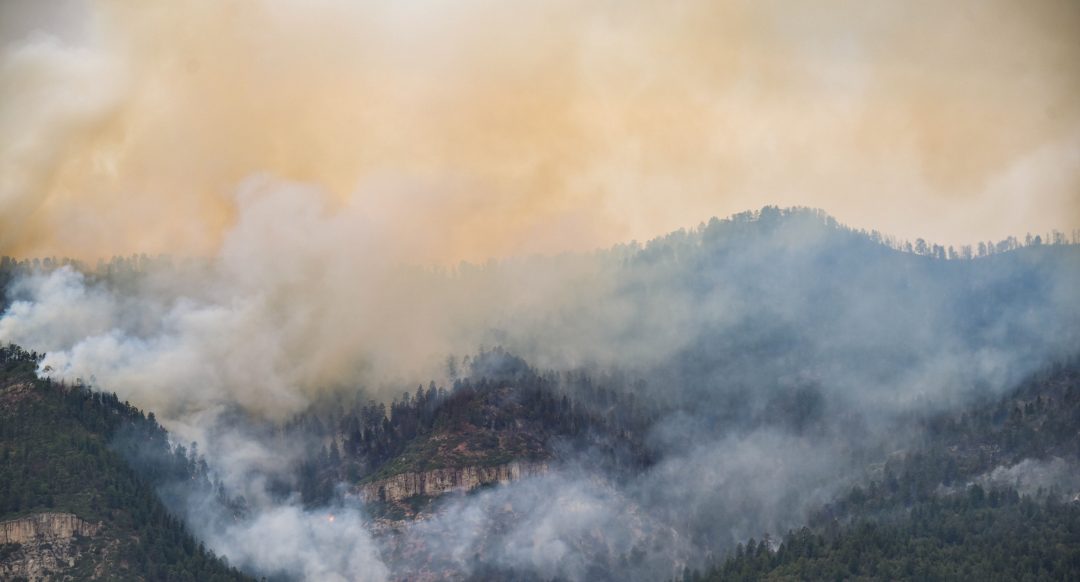With the increasing occurrence of wildfires throughout the Rocky Mountains and all over the western U.S. in the last few years, homeowners are taking stock of their insurance policies and looking at proactive measures to mitigate fire risk. The drought conditions in Steamboat Springs have led to wildfires that are uncomfortably close to many who own property in Routt County. The two wildfires burning in our area – the Muddy Slide fire in South Routt and the Morgan Creek fire in North Routt – are currently under control, but it’s important to make sure that property owners know how to take precautions to ensure that they are covered in a worst-case scenario. “One of the most important things people can do is make sure that the replacement cost coverage in their homeowners policy is in line with the current construction costs in their area,” says Whitney Neelis, owner/agent 360 Insurance Company in Steamboat Springs.
Making sure your policy provides adequate protection is one of many measures homeowners can take, Neelis says. There are ways to protect your property and to take proactive measures to make sure your home—and your loved ones—stay safe in case of wildfire.
Ensure that you’re well insured.
In the worst-case scenario of a total loss, the terms of your insurance policy are critical. It’s a good idea to understand what your coverage is in advance and to make changes if necessary. “At the time of a loss, your mortgage company is going to want to have that note paid off, then you’ll have to take out a new builders risk loan to rebuild,” says Neelis. “A lot of insurance companies use national replacement cost estimators to determine coverage amount for a structure, and they’re not always accurate, especially with the higher cost of construction we’re seeing now in Steamboat.” Neelis says most insurance companies will be receptive to an increase in coverage as long as you can justify what you’re asking for. “Take the time to research the price-per-square-foot for new construction to make sure the replacement cost is true for the construction cost in your area. Most insurance companies will accept a quote from a local general contractor that verifies the price.”

A different kind of treeline.
In the mountains, we often think of treeline as the elevation where trees no longer grow (approximately 11,000 feet and above). But when it comes to fire safety, it’s important to think about that treeline on your property and to make sure trees are a safe distance from the house. Trees are a primary fuel source for wildfires and make it that much more challenging for firefighters to protect your home and other structures in case of fire. “In forested areas, we always recommend that tall trees, like pines and Aspens, are at least 75 feet to 100 feet from the structure,” Neelis says. “Ground cover like scrub oak, willows, and ground brush need to be 50 feet from the structure.” Landscaped trees are less of a threat, “but make sure that there are no branches touching or rubbing on the house and that any dead limbs are trimmed or removed.”
Take lots of photos.
One of the best ways to guarantee adequate coverage is to document the property thoroughly. That means taking photos of every room, closet, cabinet, and inside of every drawer. “I advise people to stand at the entryway of every room of their home and to take photos,” Neelis says. “Document content in the kitchen. Take photos of the inside of cabinets. Don’t forget closets, bathrooms, and drawers.” The more documentation you have in the event of a total loss, the better.

Be prepared.
Even though most residents are forewarned in the instance of a local wildfire with pre-evacuation orders (a warning that lets people in a potentially vulnerable area know there is a chance they may be evacuated), when evacuations do happen, they happen fast. “It’s a good idea to have a ‘go box’ or place that you keep your important documents and a handful of clothes that you can grab in a quick fashion and be out the door.” Neelis keeps her own family’s documents in a Ziplock bag along with a duffel bag of clothes in the gun safe (gun safes are fireproof). “Your refrigerator/freezer is the next best fireproof place to put things.” In the event of a fire, the most important thing is to make sure your family and animals are safe—then call your insurance provider. //360insuranceco.com
